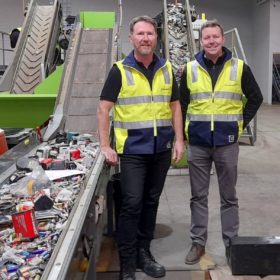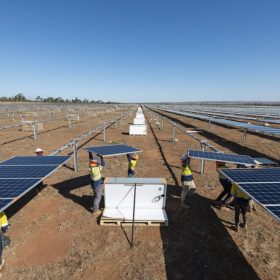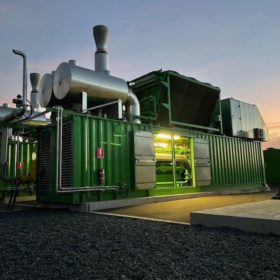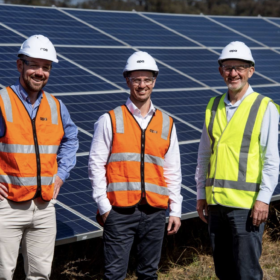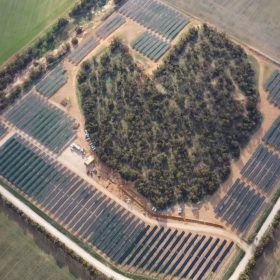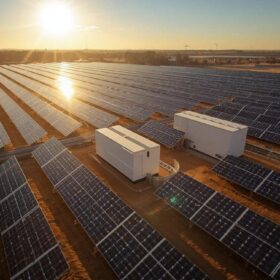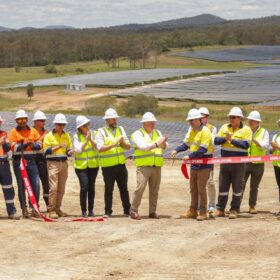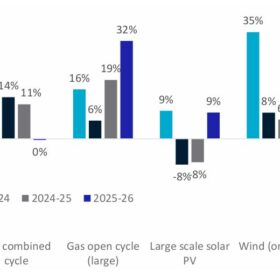Envirostream turns up volume on battery recycling deal with LG
Perth-based battery technology company Lithium Australia’s 100%-owned subsidiary Envirostream has ramped up its battery recycling efforts, signing an agreement with South Korean manufacturer LG Energy Solutions to process at least 250 tonnes of its lithium-ion batteries over the next year.
Australia ‘open for business’ after climate bill passes parliament
Australia’s federal government has trumpeted the successful passage of legislation enshrining a pledge to slash carbon emissions by 43% by 2030 and to net zero by 2050, saying it provides the certainty that investors have been seeking so they can invest in renewable energy generation, storage and in transmission.
Queensland expected to target to new renewable energy mark
The Queensland government is reportedly considering ramping up its renewable energy target as the state looks to wean itself off coal-fired power on the pathway to net zero emissions by 2050.
Queensland company capturing biogas from landfills launches IPO to expand battery play
Brisbane-based bioenergy company LGI Limited has listed on the ASX, seeking to raise $25 million for expansions, including fitting sites with batteries capable of playing on spot markets. For the company’s founder, Adam Bloomer, the role of bioenergy in Australia only makes real sense when limited to waste. “If it’s is not a waste stream, I think you’re barking up the wrong tree,” he tells pv magazine Australia.
Mica Creek Solar Farm in Queensland mining hub signs third offtaker
Australian gas company APA Group has signed a third offtake agreement for its 88 MW Mica Creek Solar Farm, currently under construction in Queensland’s mining hub.
Native forest wood waste burning to be excluded from ‘renewable’ classification, Senate report recommends
As Australia’s Climate Change Bill 2022 progresses through parliament, a Senate committee has recommended using wood waste from native forests to generate electricity should no longer be classified as “renewable energy.” It is not yet clear what impact such changes would have on the growing pipeline of Australian ‘biomass’ projects.
Report reveals massive renewable energy expansion needed to hit net zero target
New modelling has found Australia will require about 40 times the total generation capacity of today’s national electricity market, including an estimated 1,900 GW of solar PV, to deliver on its net-zero ambitions by 2050.
WA to study renewables demand to inform state’s future network
The Western Australia government will fast-track an assessment of new and existing demand for renewable energy across the state’s main electricity network as it continues the transition to a low-emissions future.
Hearts for the newly energised SA solar farm
The 4.95 MW Kerta Solar farm in South Australia has this week been energised, with owners Green Gold Energy saying its commissioning is “coming soon.”
Brisbane Airport expands AI program to help meet sustainability goals in airport first
Brisbane Airport Corporation is set to expand its use of artificial intelligence (AI) energy optimisation technology across the international airport following a successful six month trial.
